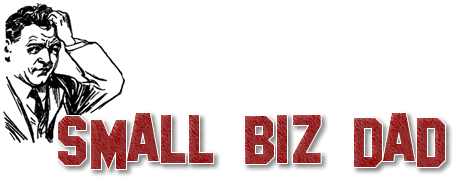You have a few precious seconds with every person who finds their way to your business’ landing page. This is your opportunity to seize them – to impress upon them the benefits of your product and the urgency with which they need to act. Of course, this is also your opportunity to lose their interest altogether. Your website design plays a pivotal role here. Unfortunately, far too many websites have been designed with too many bells and whistles without the meat and potatoes that make a site worth visiting.
Look over the following list of website design no-no’s to see if you’re guilty of any of them:
1. Taking too many liberties
Let your visitors take control of their browsing experience. Don’t surprise them with sneaky messages that appear when the cursor hovers over a certain area of the screen, or with a distracting banner that balloons out if they get too close. Keep it elegant, to-the-point and aboveboard.
The reasoning: Web users are – for good reason – wary of just about every site they visit. They’ve been burned before, and they expect you to do the same, so win them over with well-presented, informative content.
2. Using pop-up windows
You would think this goes without saying at this point, but all it takes is a quick tour down the online rabbit hole to see that there are plenty of pop-ups out there still… well, popping up. Enough’s enough. Lay these to rest, already.
The reasoning: Seriously, have you ever seen a pop-up message and thought, ‘Wow, that was really helpful and convenient’? Of course not; nor has anyone else in the history of e-commerce, ever.
3. Too much animation
I’m saying ‘too much’ animation, because there is probably such a thing as ‘not too much’. That being said, the threshold is extremely low. Do yourself and your users a favor by throwing the whole idea of animation out the window while you and your website designer flesh out your initial website design. If, after you’ve laid out the overarching structure of your site, you see a place where a subtle, well-planned animation could really tie it together, add it in then.
The reasoning: First of all, animations usually slow down the browsing experience and most users simply can’t be bothered to wait for your site to load. Furthermore, unless your animation team can compete with the likes of Pixar, your site visitors probably won’t be all that interested or impressed.
4. Too much text
Unless you are hosting a news aggregator, online e-book distributor or an informative blog, chances are slim that anyone is going to click their way to your landing page with a hunger for the written word. In fact, even if you are dishing up the news or a regular feed of blog posts, brevity is still preferred. Every word on your page should be there because it needs to be, and it should establish clear lines of communication with your users.
The reasoning: Don’t deceive yourself on this one, the majority of your site visitors are going to skim through or skip over any big blocks of text. That’s actually a best-case scenario, they even more likely to bounce if they see too much text.
5. Getting ‘creative’ with fonts
By creative, we really mean overbearingly fancy. Presumably, every word that you have chosen to publish on your site is important, and you would really like your website visitors to read each and every one. With that in mind, use a highly readable, sans serif font such as Verdana or Arial in your website design.
The reasoning: Fancy fonts seldom have the intended effect. They’re usually more irritating than anything else, especially when all you’re trying to do is read something.

